Spring Renewal: Yoga and Ball Rolling for Mind, Body, and ‘Sole’
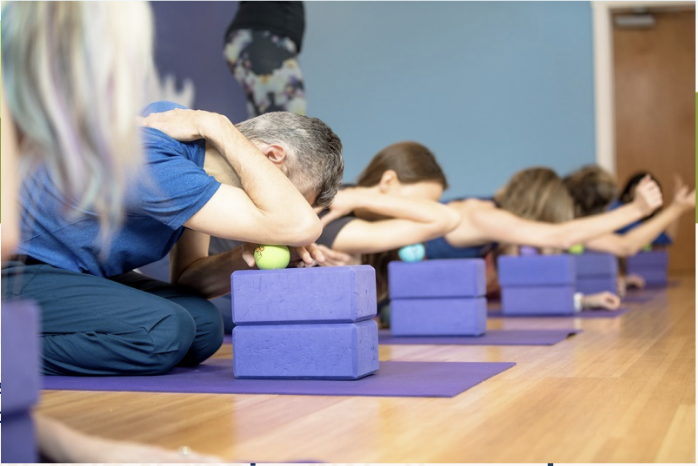
I like to do a little asana test before I start, as a warm-up but also as a way to watch my progress. Then, I do the ball work on one side, then I re-do the asana, then do the ball work on the other side and then repeat the asana one short final time so that I can see the difference the ball work made.
Eco-friendly Yoga Mats & Props

Maintaining a Sustainable Yoga Practice Plastic. Trash. Single use items. Carbon emission. These are all items that quickly come to mind when you think of types of pollution that we are battling every day. But as a yogi, have you ever considered how your practice impacts our environment? The most common piece of equipment you […]
Bringing Awareness To Your Breath
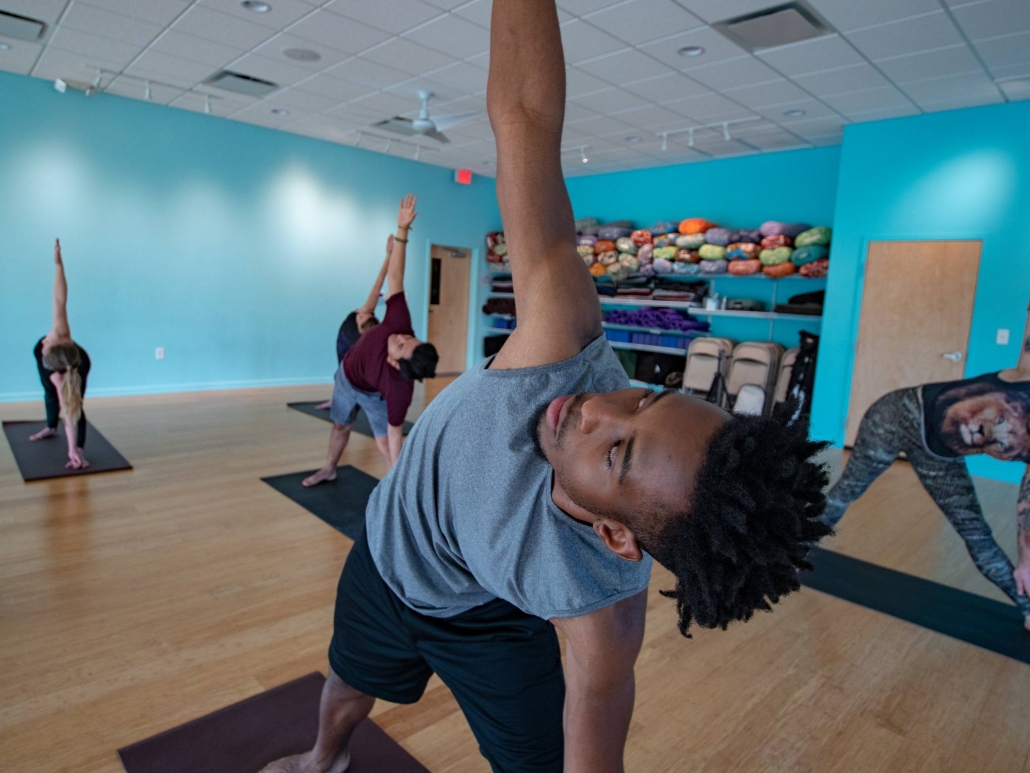
Better Breathing Through Yoga The very source of our existence flows ever so gracefully through our bodies to keep our hearts pumping and our brains alive. It’s unseeable, untouchable but incredibly vital. The power behind our working bodies is breath; the inhalation and exhalation of air through our lungs every minute of every day. Yet, […]
How to Make the Most of Restorative Yoga Classes
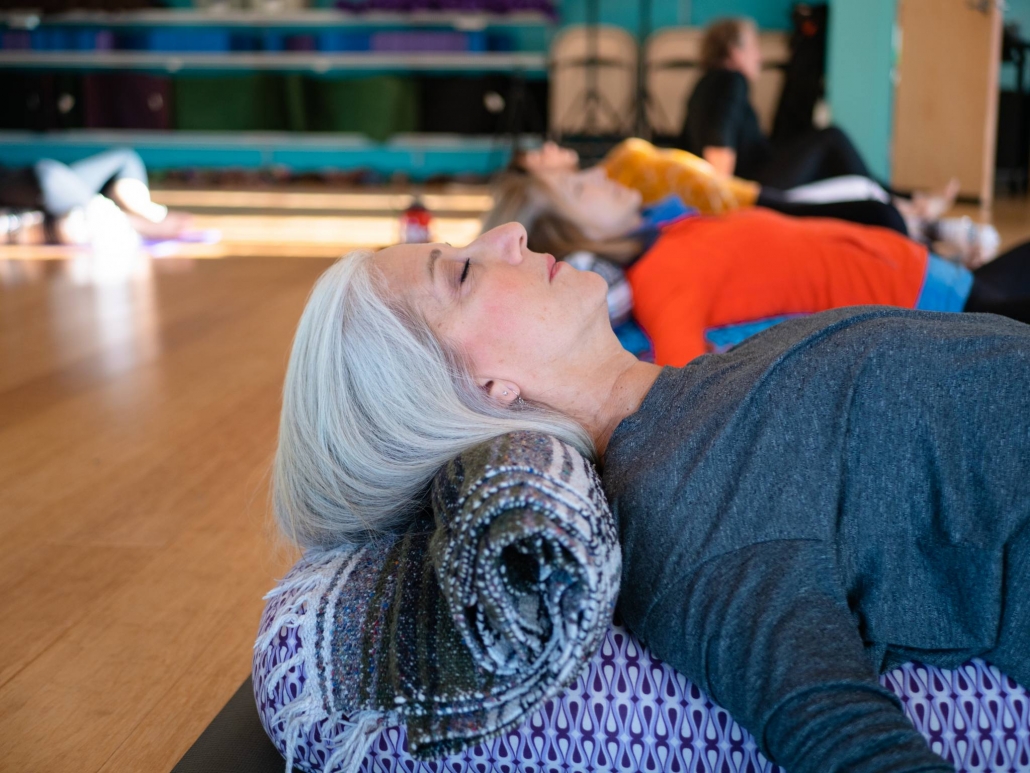
What You Need to Know About Restorative Yoga Written by AYC Instructor Paige Gilchrist Okay, so we’ve got a little irony right off the bat. Striving to get the best results in restorative yoga? As in powering up your dreaming or asking your bubble bath to multi-task? Restorative yoga is, after all, the art of […]
What is Kaiut Yoga?
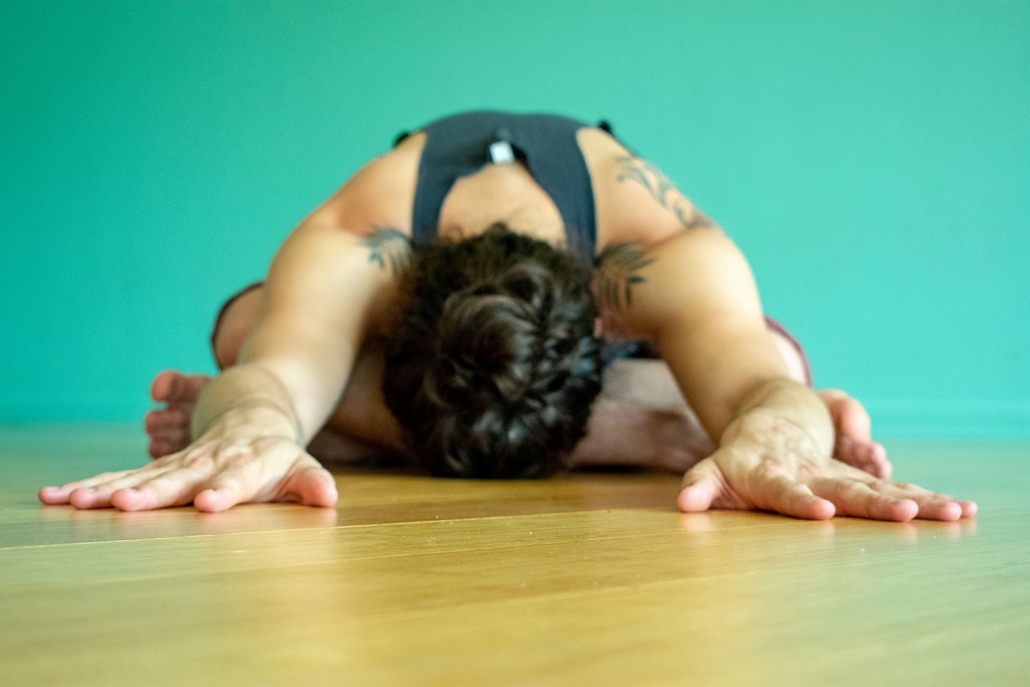
What is Kaiut Yoga? By AYC Instructor Tucker Shelton The yoga of the ancients was designed to work with bodies that lived and grew very differently from how our modern bodies live and grow. Dwelling in caves, squatting constantly, the ancients did not spend any time in chairs. In today’s Western society we have a […]
How Yoga Can Improve Your Active Lifestyle
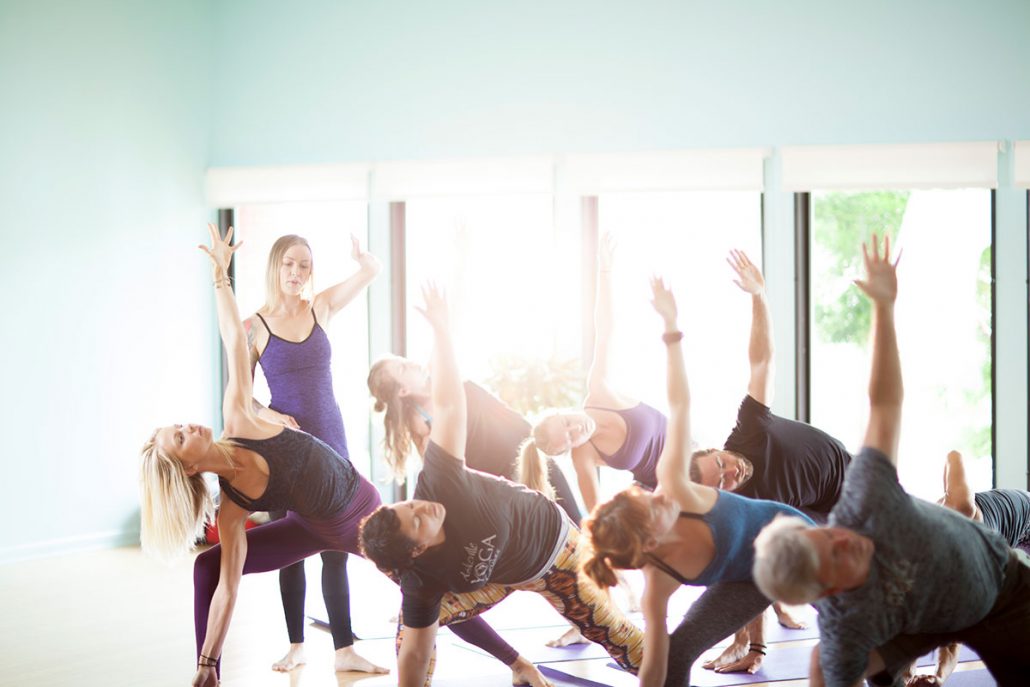
How Yoga Can Improve Your Active Lifestyle 5 ways that practicing yoga can benefit athletes Athletes and people who lead an active lifestyle are no strangers to muscle tension and soreness — especially if that lifestyle includes kayaking, climbing, biking, or running. While these recreational activities will keep you fit in their own right, supplementing […]
20 Minutes of Turning Inward
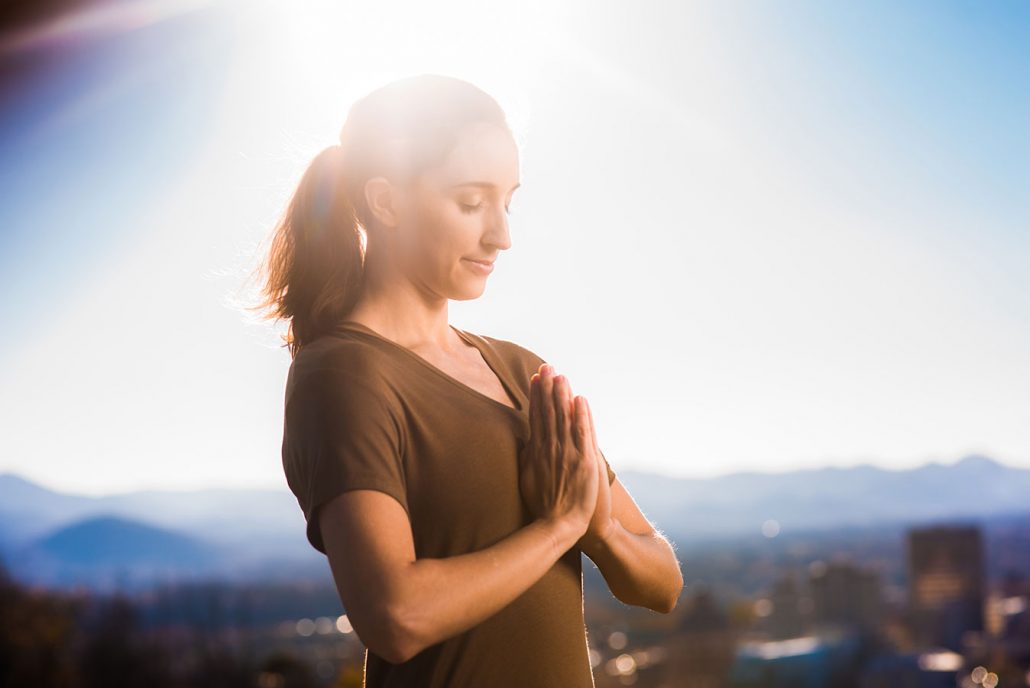
20 Minutes of Turning Inward Meditation accounts for four of the eight limbs of yoga, and is an important aspect of any yogi’s practice. To meditate is to bring yourself into a state of thoughtful awareness, one that allows you to look inward and focus on yourself. Meditating can begin by focusing on your breath, […]
Is Yoga Enough?
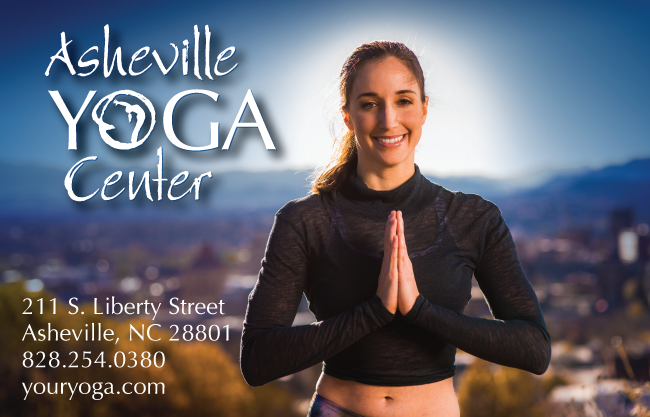
How Ayurveda Compliments Your Yoga Practice By Stephanie Keach Hatha Yoga does an amazing job at strengthening, stretching and detoxifying the body, while helping to replenish and rejuvenate all the internal glands and organs. Yet for some, it may not be enough for full wellbeing. Yoga has a sister, her name is Ayurveda (both born […]
5 Yoga Tips for Aging Gracefully
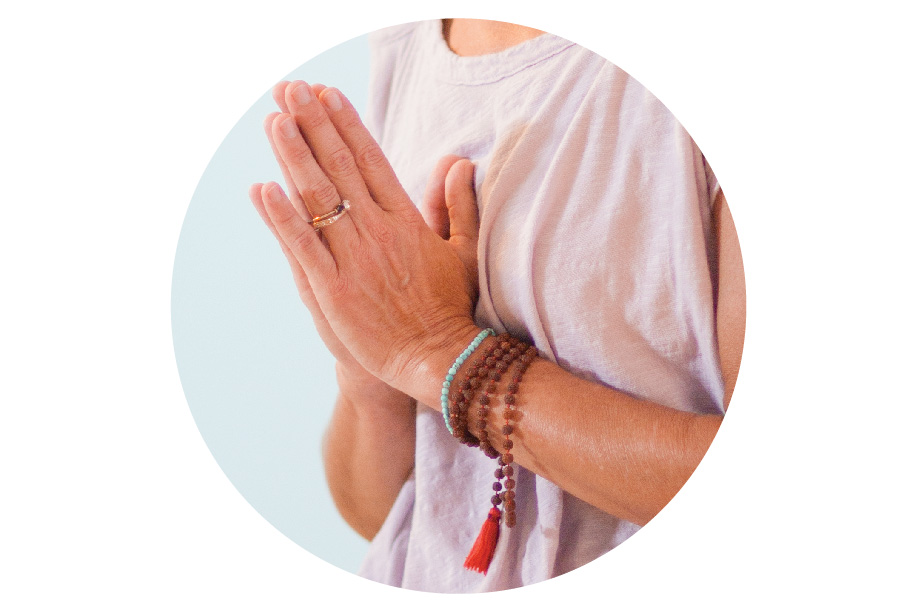
5 Tips for Aging Gracefully with Yoga By Stephanie Keach 1. Pelvic Floor Usually we think anti-sagging, anti-wrinkling, anti-balding when we see “Aging Gracefully”, but honestly those things don’t make us graceful. How about not having to wear a big, bulky diaper? Yup, GBK (Go Beyond Kegels) I say. My students will tell you I […]
Yoga for Stress

Yoga for Stress Do you feel great? Alive and vital? If not, consider the role that stress might be playing in your life. Stress can greatly diminish our energy. Stress quite literally robs us of our vitality. We live in an increasingly stressful world and the potential for the experience of stress comes at […]
